Introducing Ubuntu Pro beta
![]() Canonical is currently offering a public beta version of Ubuntu Pro, giving Ubuntu Linux users extended maintenance and security compliance for software packages ranging from the Node.js runtime to Python 2 and Rust. Security cover will be extended for average and high common vulnerabilities and exposures (CVE) for thousands of applications and toolchains including Ansible, Apache Tomcat, Apache Zookeeper, Docker, Drupal, Node.js, Puppet, Python 2, Rust and others.
Canonical is currently offering a public beta version of Ubuntu Pro, giving Ubuntu Linux users extended maintenance and security compliance for software packages ranging from the Node.js runtime to Python 2 and Rust. Security cover will be extended for average and high common vulnerabilities and exposures (CVE) for thousands of applications and toolchains including Ansible, Apache Tomcat, Apache Zookeeper, Docker, Drupal, Node.js, Puppet, Python 2, Rust and others.
A free thirty days trial is available for businesses. Ubuntu Pro is available for data centres and workstations. A free level is being offered for small-scale personal use (up to 5 machines).
Since the launch of Ubuntu LTS with 5 years support for the main operating system, businesses have asked the supplier to cover a larger area of the open source landscape under private commercial agreements. These benefits are now offered free of charge to anyone with a free personal subscription to Ubuntu Pro. This may also be combined with 24/7 enterprise level for the Ubuntu operating system.
Ubuntu Pro is available for all Long Term Support (LTS) versions of Ubuntu from version 16.04 LTS upwards. The standard Ubuntu Pro subscription covers security updates for all Ubuntu packages. In addition, Canonical’s Ubuntu Advantage for Infrastructure subscription has been renamed Ubuntu Pro (Infra-only) with no change in its price or range. The Infra-Only subscription covers the base operating system and the private cloud components required for large-scale and bare metal and excludes wider cover for applications. Subscribing to Ubuntu Pro costs US $25 dollars per year excl. tax for one workstation or US $500 dollars per year for a server. On public clouds Ubuntu Pro costs some 3.5% of the average cost of the underlying processing environment.
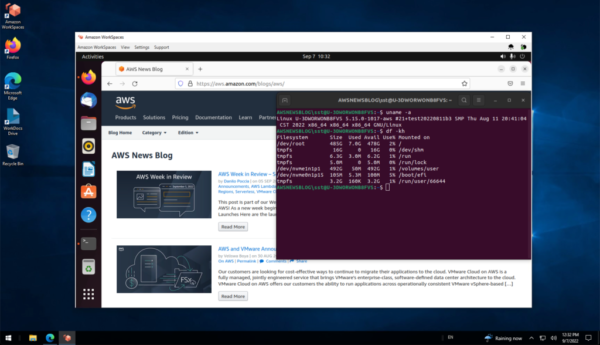



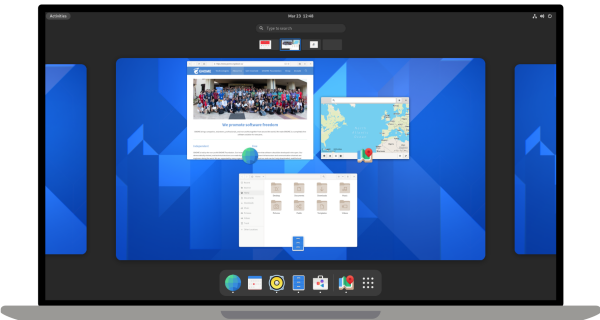
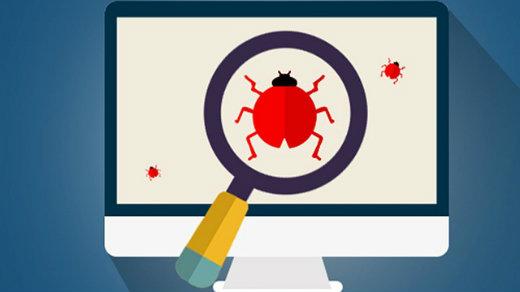
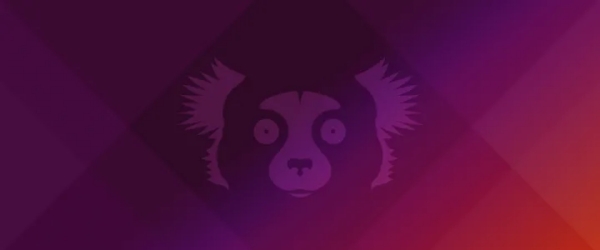
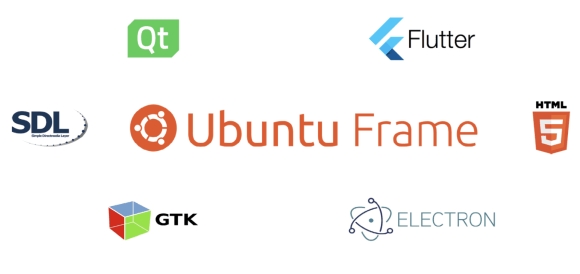
 Your ‘umble scribe has been using
Your ‘umble scribe has been using